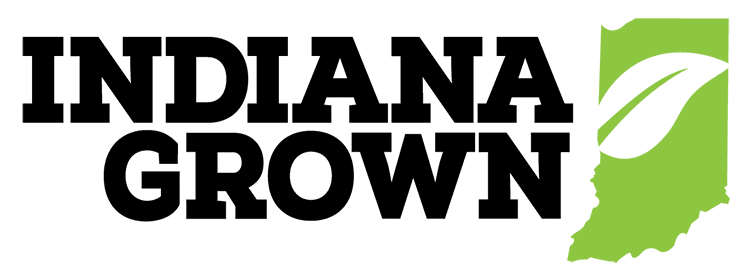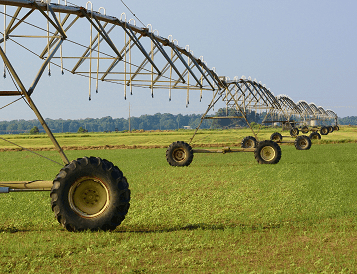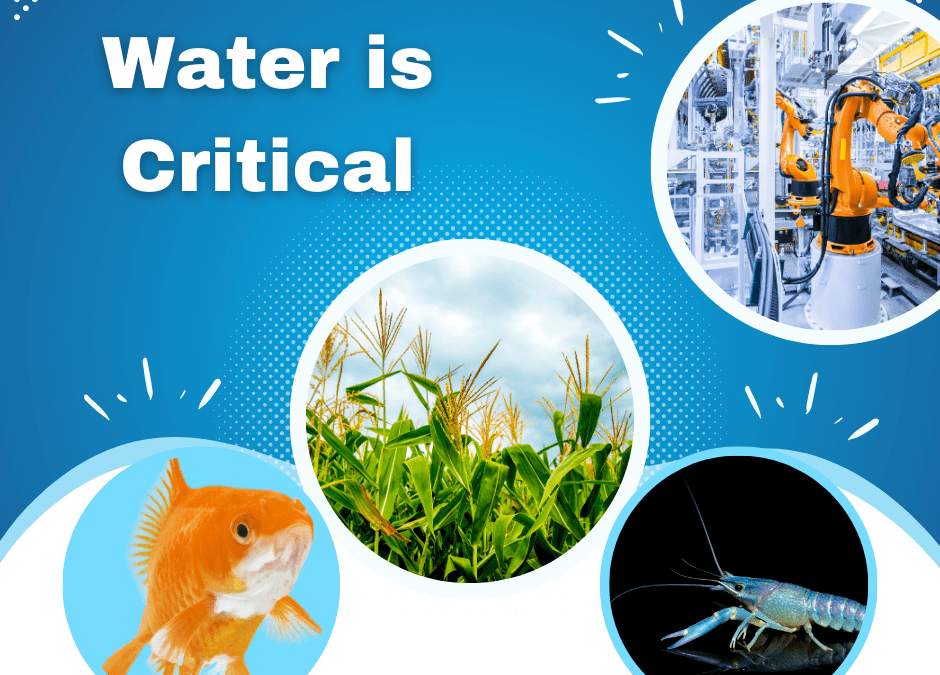According to an EPA factsheet, Indiana has over 35,000 miles of rivers and streams, 100,000 acres of publicly owned lakes and reservoirs, and 50 miles of Great Lakes shoreline. As stated in a 2014 study by the Indiana Chamber of Commerce, the Hoosier state is one of the most economical water dependent states in the nation. Our Indiana economy leads the nation with the highest percentage dependent on water.
The following is taken from the Executive Summary from that 2014 Chamber of Commerce study:
“Today, only with conservation and proper management, can the state’s rivers, streams, lakes, and aquifers sustain current water needs. Future demands will increase with economic growth and industrial development, increasing the need for more formal and technical methods to meet our water supply needs.”
Those words, written ten years ago, seem prophetic in light of the proposed LEAP project in Boone County. Larry Clemens, state director of The Nature Conservancy of Indiana, wrote an interesting article about Indiana water policy here.
As is often the case lately, the topic of Indiana’s lack of water policy was brought up at a recent meeting. The discussion revolved around businesses, other than agriculture, that depend on water. I was surprised by some of the things I heard and decided to take a deeper dive into the subject. I thought others might be interested to know what I learned.
Indiana Water Supports Aquaculture
Ozark Fisheries
The Ozark Farm, which got its start as Grassyfork Fisheries in 1899, raises five different types of goldfish and two species of koi.

I was incredibly surprised to learn that Indiana boasts one of the oldest private fish farms in the country, raising millions of fish each year in hundreds of small ponds near Martinsville (between Indianapolis and Bloomington). I have extended family in Bedford, just south of Bloomington, and have spent a large part of my life in that area. I have driven there from Plymouth more times than I can count and never knew about this.
Eugene Shireman inherited land in Martinsville in the late 1800s, but it was swampy and not suited for traditional farming. He discovered goldfish when the world’s fair came to Chicago in the 1890s. He was fascinated but sources in the U.S. for goldfish, which were becoming a novelty, were limited. Shireman saw an opportunity and had the perfect spot. He couldn’t grow row crops, but water was pretty abundant and his business was born.
“If you’ve been to a fair or a carnival, then you’ve picked up one of our goldfish.” says employee Kathie Wilson.
Grown IN Indiana: Fish farm raises millions of goldfish, koi each year (indystar.com)
RDM Aquaculture
Darryl and Karlanea Brown run RDM Aquaculture, located west of Lafayette, and customers drive hundreds of miles to get their fill of Pacific White or Whiteleg Indiana raised shrimp.
The Browns pride themselves on the clean food they’re able to offer customers. Karlanea, who likes to help educate people on how to properly read food packages, says. “Flip that package over and look for the country where it came from.”

They buy young shrimp, about the size of an eyelash, from one of three U.S. retailers every 25 days. The orders can be as large as 80,000 tiny shrimp. The Browns have successfully tweaked their operation so that shrimp that would typically take around 250 days to get to market size now takes about 150 days.
The Browns are planning to expand their number of production tanks and use their knowledge to help train others who are interested in raising shrimp. They’ve assisted people in 14 countries around the world and several here in the U.S.
Grown IN Indiana: Hoosier farmers built a seafood oasis (indystar.com)
“Aquaculture is a growing industry in Indiana with farm sales of more than $15 million. Hoosiers produce a variety of fish and shellfish including yellow perch, hybrid striped bass, tilapia, trout, marine shrimp, freshwater prawns, catfish, large and small mouth bass, bluegill and ornamental fish. Indiana’s geographic location allows the aquaculture industry to easily access inputs like corn and soybeans as well as markets to sell the aquaculture products.”
Purdue University Extension
Indiana Water is Critical for Manufacturing and Agriculture

According to the71percent.org, Indiana is the leading manufacturing state in the Midwest region and 7th in the country. The aquifers of the state are becoming increasingly important as a means of satisfying demands, as evidenced by the LEAP project, with groundwater withdrawal increasing faster than surface diversion.
A 2021 federal report states that the United Stated produced 39 percent of global sorghum exports, 32 percent of soybean exports, and 23 percent of corn exports. America also exported more cotton than any other country. That success has relied on pumping up more water, via center pivot irrigation, than nature can put back.
Indiana Needs a Long-Term Water Strategy
In August 2023, The New York Times published an article about groundwater depletion, interviewing more than 100 experts, traveling the country and creating a comprehensive database using millions of readings from monitoring sites. The investigation reveals how America’s aquifers are being exhausted in much of the country, and in many cases it won’t come back.
America Is Draining Its Groundwater Like There’s No Tomorrow – The New York Times (nytimes.com)
Again quoting from 2014 Chamber of Commerce study:
“Failure to properly plan for increasing demands in growing parts of the state may create significant water supply challenges.
Educating farmers, local government, conservation, and business leaders on the need for responsible water planning and use is a necessary step to long-term water security in Indiana.
As the state moves forward with developing a comprehensive water plan, someone needs to lead the way.“
I think we have some work to do so businesses like Ozark Fisheries and RDM Aquaculture, along with manufacturing and agriculture, as well as recreation like swimming, boating and fishing can continue to thrive in Indiana.

Hi, I’m Debbie Palmer. I received a BS in Horticulture from Purdue University. Here at LMEF, I am responsible for outreach presentations, monitoring the lake and it’s wetlands, project manager for restoration and research projects, and act as a community resource for all things related to the well-being of Lake Maxinkuckee and its surrounding watershed. I completed Indiana Watershed Leadership Academy, volunteer with the Indiana Clean Lakes Program, Hoosier River Watch and Marshall County Lakes and Waters and serve as a Board Member for Indiana Lakes Management Society.


Recent Comments